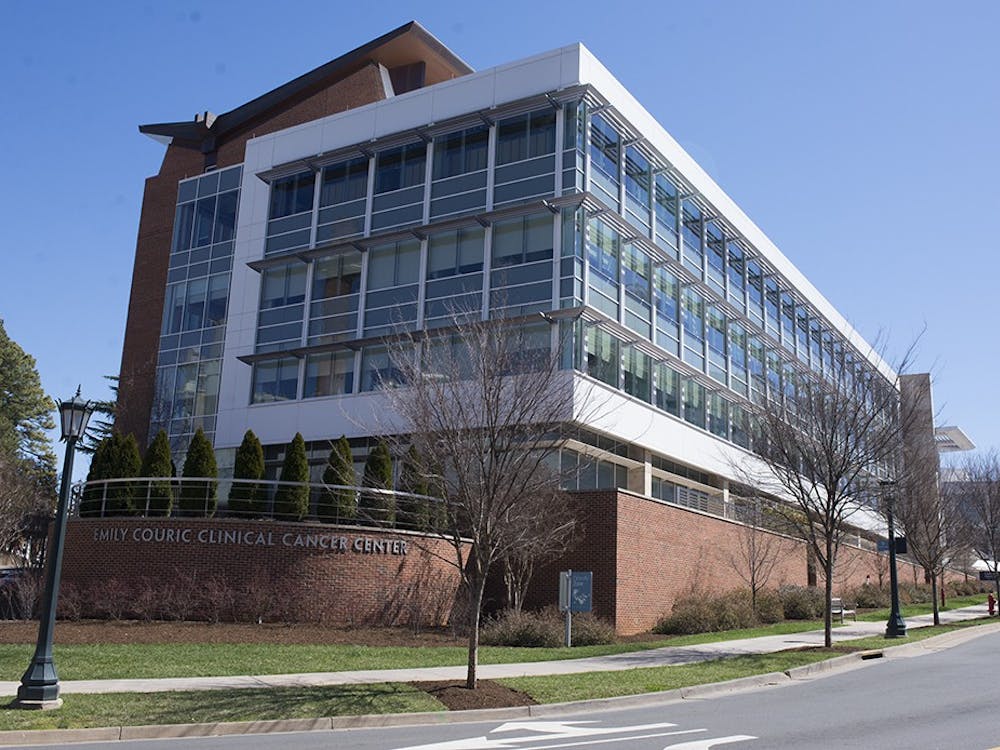Pomegranates, grapefruit, garlic, bananas and spinach can be deadly, but yogurt can save you.
Lurking amidst the plethora of vitamins and antioxidants, each of these fruits and vegetables contains a chemical compound that can cause adverse interactions with common types of prescription and over-the-counter medications.
“Chemical interactions from combining certain types of food and drugs are a whole new field,” Pharmacist Byron Dalton said. “Food and drug interactions are not addressed in prescribing information. When the prescription is written, physicians might talk about possible interactions, but even then drug-drug interactions are usually the focus.”
The Food and Drug Administration recognizes alcohol, grapefruits, licorice, ginseng, Ginkgo biloba, vitamin E, St. John’s Wort and even chocolate as the common foods that negatively interact with certain drugs. For example, over-the-counter aspirin should not be taken with large amounts of garlic, ginger or Ginkgo, said both Jennifer Anderson and Heather Hart, food science and nutrition specialists at Colorado State University Extension. Most surprisingly, the “wonder fruit” pomegranate can cause rhabdomyolysis, the breakdown of muscle fibers and possible kidney failure, if ingested during rosuvastatin treatment for high cholesterol, according to a study in the American Journal of Cardiology.
It has been suggested, however, that some foods, such as yogurt and milk, can help mitigate the negative effects of strong medications. Among such evidence is a study at the Imperial College in London that proved the benefits of the probiotics found in yogurt for people taking antibiotics.
Mary Hickson, the British study’s leading researcher, concluded that probiotics, such as L. casei, L. bulgaricus, and S. thermophilus, can decrease cases of antibiotic associated diarrhea.
Furthermore, a study published in PubMed found that when consumed with grapefruit juice, some drugs’ absorption can be increased fivefold or more, likely triggering side effects.
“Generally, food interacting with drugs either pushes the drug further or works opposite it,” said Susan Dunlap, certified health counselor and nutrition information specialist at Rebecca’s Natural Food.
Foods that compound the dosage of medication include Ginseng and vitamin E, both of which increase the bleeding effects of blood thinning heparin, aspirin, nonsteroidal anti-inflammatory drugs — such as Ibuprofin and Advil — and warfarin. Grapefruit also increases absorption of malaria drugs containing quinine, some blood pressure medications and others.
Grapefruit is not the only food, however, that can lead to such effects, as licorice and licorice root increase the toxicity of Lanoxin, which is taken for arrhythmia and congestive heart failure.
“Licorice can be used to thin mucus, alleviate congestion, soothe the digestive tract by rebuilding the mucosal lining, help balance hormones — especially in women — and support the adrenal gland, a good idea for those looking for stress management,” Dunlap said. “Its main drawback, however, is that is can raise blood pressure in high dosages. There are supplement forms, deglycerized licorice, where the component that raises blood pressure is taken out.”
On the other hand, foods also can impede the effectiveness of drugs. Licorice reduces the efficacy of diuretics and blood pressure drugs, just as the caffeine in large amounts of chocolate counteracts antidepressant drugs, Ritalin and sedative hypnotics such as Ambien. Some others include St. John’s Wort, which lowers blood concentrations of not only some cholesterol management drugs, but also Viagra. Ginseng, which interferes with antidepressant drugs, acts much like Ginkgo biloba, decreasing the effectiveness of some seizure medications.
Take note, however, that some alternative remedies also have negative interactions with foods.
“Alternative medicine is an alternative because it works, and overdoses and interactions are equally possible,” Dunlap said.
Drug and supplement information, specifically regarding possible negative interactions, is made readily available to the public at establishments such as at Walgreens pharmacy and Rebecca’s.
“There are so many drugs, and they come up so fast,” Dalton said. “The best way for a patient to educate themselves is to look on the Internet, dig for information.”
Dunlap added that many people have begun to realize that contraindications exist with alternative remedies.
To help relieve some of the risk, Anderson suggested increasing consumption of foods high in vitamin C and folic acid with long-term use of aspirin, but not mixing tetracycline antibiotics or antifungal medications with dairy products, antacids and iron-rich vitamin supplements, which can deter the medications’ usefulness. Meanwhile, nonsteroidal anti-inflammatory drugs and corticosteroids should be taken with milk and a meal to mitigate the medicine’s effect on the digestive system. Their cousins, however, acetaminophen and antihistamines, should be taken on an empty stomach to speed up their effects.
Such variability among medications and food is why it is crucial to read all prescribing information and directions accompanying any drug.
“Most people are probably not very informed of drug-drug or food-drug interactions,” Dalton admitted.






